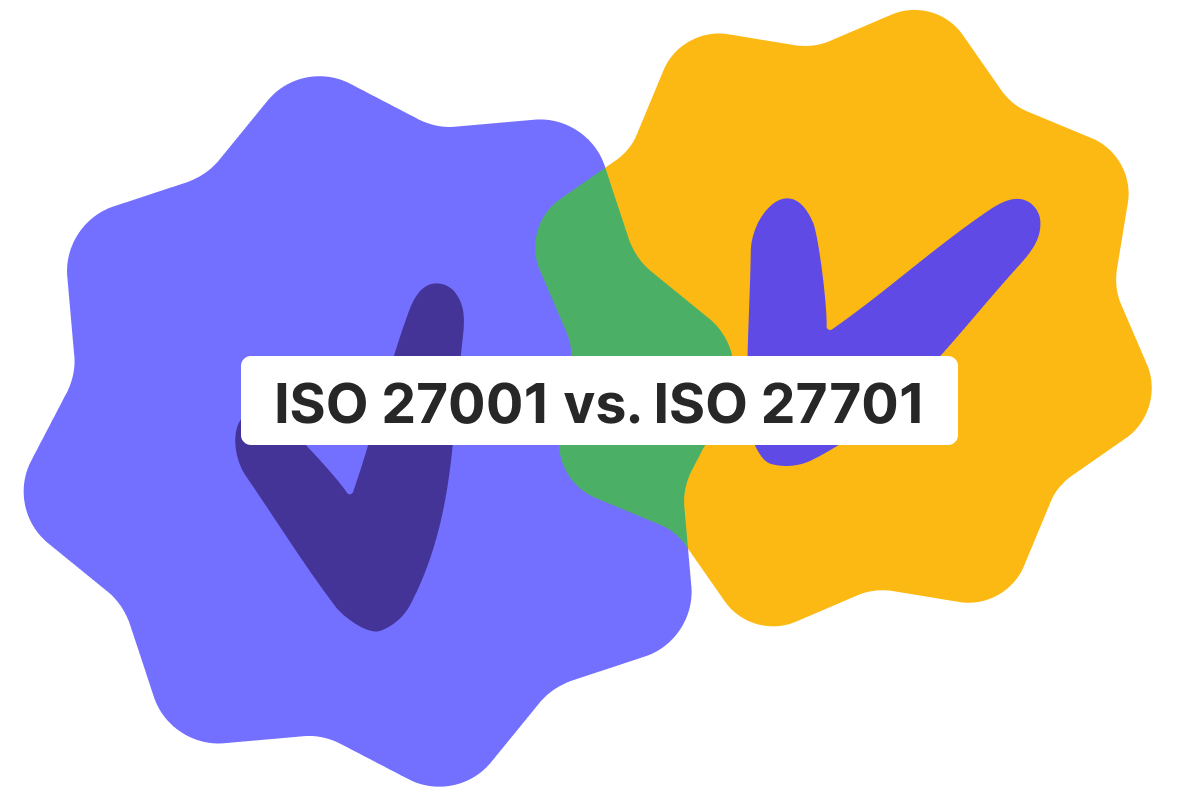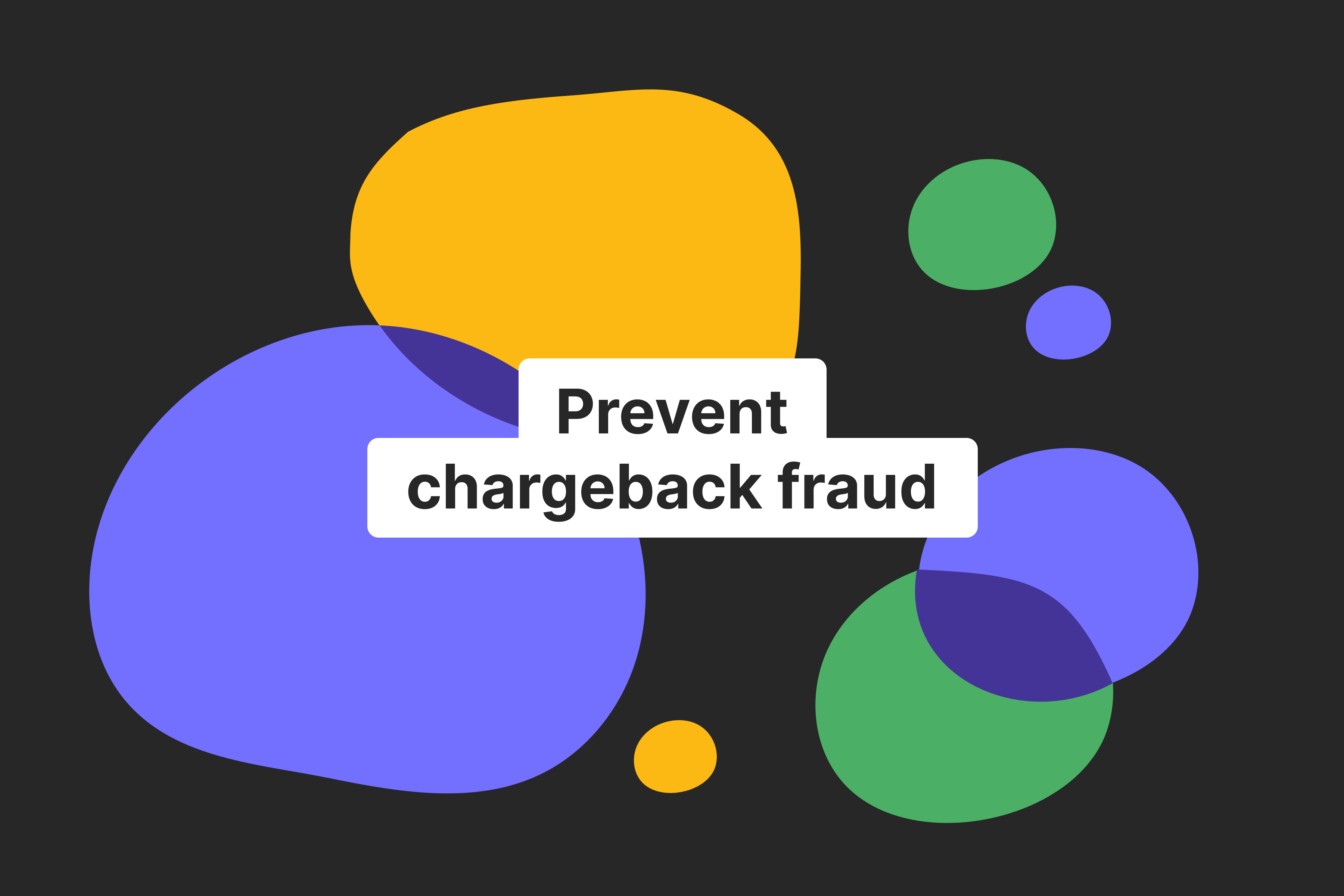Anti-money laundering rules are in place all over the world. It is a crucial matter for businesses, as they have a legal obligation to prevent money laundering. It means that consumers need to be aware of the extra steps they have to carry out.
Financial institutions have to ensure that their processes are designed to detect money laundering activities and other types of financial crime. Find out what money laundering is and how exactly the financial system has to stop it in this Genome article.
Anti-money laundering explained
Money laundering is the process of disguising the origins of cash that comes from criminal sources such as human trafficking, drug trafficking, or illegal arms sales. It is done to make it seem like money that has come from a legal source. Complex structures are often used to hide suspicious transactions and make them look like legitimate income.
As this is a financial crime, (AML) anti-money laundering regulations are created by law enforcement agencies across the planet. They establish rules that financial institutions need to follow. It means that they have to actively look to stop money laundering by monitoring and reporting any suspicious activities.
Fraud and money laundering are different concepts. However, they are often linked by the fact that there are signs of criminal activity. Fraud investigations by financial institutions may uncover tax evasion or money laundering activities, among other illegal activities.
How AML works to prevent financial fraud
The global financial system has to use a series of measures to prevent money laundering and terrorist financing. The following are the main elements covered by anti-money laundering legislation.
Know Your Customer (KYC). This process sees companies verify the identity of their clients when they open an account. They might also need to do this again periodically while the account is active. It’s a requirement for all accounts, as a way of stopping identity theft or identifying criminal activity by money launderers.
Customer due diligence (CDD). It is a process that businesses need to carry out to understand more about their customers’ identities. By assessing the relevant information, they can decide the risk level of each client. It’s generally used for higher-risk clients who need to be monitored more closely to spot if financial crime is being committed.
Transaction monitoring is carried out to identify suspicious transactions or to detect unusual behaviour. Financial institutions automatically scan transactions to look for any unusual patterns, such as an increased use of cash. Any suspicious movements in bank accounts are flagged on suspicious transaction reports for the AML compliance team to study.
Reporting suspicious activity. The regulatory authorities need to be notified of any money laundering risks uncovered. A Suspicious Activity Report (SAR) is sent to the national crime agency or government agency that deals with this matter. Individuals can also complete a SAR if they feel that they’re aware of a possible financial crime of this nature.
Account flagging and freezing procedures are implemented once possible money laundering offences have been spotted. It usually starts with a temporary freeze until a full investigation is carried out and a permanent freeze can be made, if necessary. The AML compliance processes need to be carried out strictly to ensure that any possible financial crime is dealt with properly without causing problems for people with legitimate income.
Open an account
in Genome online
The link between anti-money laundering and fraud protection
Money laundering regulations form an important part of the fight to stop fraud. AML regulations help prevent money laundering and other types of financial crime. By monitoring activities in the financial markets, there’s a greater chance of illicit activity being spotted in time.
However, there are some major differences between anti-money laundering and fraud prevention. Many types of fraud need to be uncovered and stopped in other ways. However, anti-money laundering principles such as customer due diligence and transaction monitoring are useful in making sure that other types of fraud don’t slip through the net.
The use of AML tools
Tools are used to automatically carry out real-time monitoring and identify any non-compliance with AML regulations. These sophisticated tools combat money laundering by using pattern detection, while overlapping with fraud detection systems.
They allow financial institutions to carry out their anti-money laundering processes in real time. It lets them flag high-risk indicators such as suspicious IP addresses and invalid identities. In this way, threats are identified and isolated immediately. Customer screening can also be automated, meaning that money laundering threats are blocked without manual intervention.
Examples of unusual activity
Phishing, account takeover, and all mule accounts are some of the different types of activities that need to be accurately identified. They do this by analysing patterns and looking for suspicious transactions that suggest some sort of illegal activity is going on.
Phishing. These attacks are designed to steal sensitive customer information. Phishing is closely linked to anti-money laundering since phishing attacks can lead to the attackers stealing identities. They then have details that appear authentic to financial institutions and can be used to launder money from drug trafficking and other illicit sources.
Account takeover. It is another area where AML regulations can be avoided by criminals looking to launder money. They take over an innocent-looking account and use it for money laundering. This method of making dirty money enter the financial system is difficult to spot manually, but the right tools will flag the warning signs.
Mule accounts. It is where criminals carry out money laundering through a third-party account. The account holder may knowingly let their account be used to pass the proceeds of drug trafficking, terrorist financing, and other illicit funds.
Fake identities. The ID verification process is a vital part of the anti-money laundering controls. Yet, criminals are becoming increasingly sophisticated in how they create fake identities to carry out terrorist financing and money laundering.
Synthetic identities. This type of fraudulent activity involves combining real data and fake information to create a new identity for money laundering purposes. Artificial intelligence is often used to make the credentials look authentic.
Identity theft. In this case, financial institutions need to be aware of money laundering being carried out under a false identity. There are various types of identity theft and ways of carrying it out, so the right tools and processes are needed to identify them.
Suspicious IP addresses. Money laundering attempts can be stopped in their tracks if the bank spots that a suspicious IP is being used. Anti-money laundering tools are used so that financial institutions can detect IPs that raise suspicion.
Disposable email accounts. Known as temporary or burner accounts, these are email addresses that are used for a short period. They’re normally used to enhance privacy, but banks and other financial institutions need to be aware of the risk of burner emails as part of a money laundering attempt.
The role of AML in protecting customer accounts and corporate assets
Anti-money laundering rules are used to protect customers and their assets, but their main goal is to combat money laundering and terrorist financing. Financial institutions carry out the process to ensure that their accounts are safe and monitored at all times. It means that the financial system is more stable and trustworthy for everyone who uses it.
As we’ve seen, money laundering is often mixed with other types of fraud. By putting firm anti-money laundering processes in place, banks can ensure that their customers don’t fall victim to fraud, such as account takeover or identity theft.
Regulatory requirements around anti-money laundering (AML)
Anti-money laundering regulations are enforced in the financial sector by the relevant authorities. Different rules are used across the planet, although they generally all have the same goal of avoiding illicit financial flows that launder the cash from criminal activities.
Overview of AML regulations
Among the most important laws put in place by law enforcement agencies, we can see the EU AML directives. The first set of rules combating money laundering in the European Union was introduced in 1991. Since then, they have been updated several times and currently emphasise a risk-based approach.
The FATF (Financial Action Task Force) guidelines include a comprehensive framework for avoiding illicit funds entering the mainstream banking world. 40 recommendations are gathered under seven areas covering the likes of AML policies, terrorist financing, and international cooperation.
For instance, in Canada, the Proceeds of Crime (Money Laundering) and Terrorist Financing Act (PCMLTFA) became effective. Looking across the planet, there are similar laws in most countries, although some are stricter than others.
Why banks and fintechs must meet compliance standards
Banks and other financial institutions can serve as entry points for criminals seeking to disguise illicit funds as legitimate. For this reason, AML regulations focus heavily on these organizations. Anti-money laundering processes and tools need to be implemented by banks to ensure that illegal cash doesn’t enter the system through financial transactions that cover money laundering activities.
Criminals who launder money target financial institutions as a way of turning dirty money into something that looks legitimate. Therefore, they need to carry out an extremely high level of control to make sure that this doesn’t happen.
The penalties and risks for non-compliance
Anti-money laundering laws are in place to ensure that financial transactions are properly checked and controlled. It is because AML is seen as a crucial part of the broader regulatory compliance frameworks.
Because of this, there are serious penalties and risks for non-compliance. Each of the regulatory authorities determines the level of these penalties and can reach extremely high figures. Any financial institutions that fail to comply with anti-money laundering laws run the risk of serious reputational damage as well as negative financial impact.
How Genome combines AML compliance and fraud protection
The anti-money laundering rules are reflected in the processes used in Genome’s end-to-end AML infrastructure. Real-time fraud detection and monitoring tools are used to ensure that any potential money laundering activities are spotted right away.
Fraud prevention information and tests
We use a variety of tools to ensure that the current anti-money laundering and fraud regulations are met. It means that clients are protected from data breaches and other dangers, although they still need to be aware of the potential risks and how to avoid them.
Our fraud prevention test is designed to help users understand many of the most common scam attempts they come across. This includes scams arising from text messages, phone calls, and even social networks.
KYC and identity verification for new customers
A smooth onboarding process includes KYC and identity verification. It ensures that all new clients are verified in a way that complies with EU regulations and that global AML standards are fully met. It’s the starting point for a safe transfer process that uses advanced technology to make the onboarding process as simple as possible.
Benefits for Genome’s users
The focus on security means that users are assured of account integrity and safer transfers. This, in turn, leads to fewer delayed or blocked transactions, since all the anti-money laundering information is confirmed when the new user signs up.
Open an account
in Genome online
FAQs
Can AML systems stop digital fraud?
Anti-money laundering (AML) systems and fraud prevention tools often work side by side, but they serve different purposes. AML focuses on preventing criminal funds from entering the financial system, while fraud prevention protects customers from identity theft, phishing, or account takeover. When combined, these controls help financial institutions reduce both fraud and money laundering risks.
How are AML and KYC connected?
Know Your Customer (KYC) is a key part of AML compliance. By verifying a customer’s identity when they open an account and throughout the business relationship, banks and other institutions can spot potential risks and prevent criminals from using false or stolen identities to launder money.
What’s the difference between AML compliance and fraud prevention?
AML compliance is about meeting legal obligations to detect and report money laundering and terrorist financing. Fraud prevention focuses on stopping unauthorized transactions and protecting customers from scams. While they overlap in areas like transaction monitoring, each tackles different threats. Together, they strengthen the overall security of the financial system.






